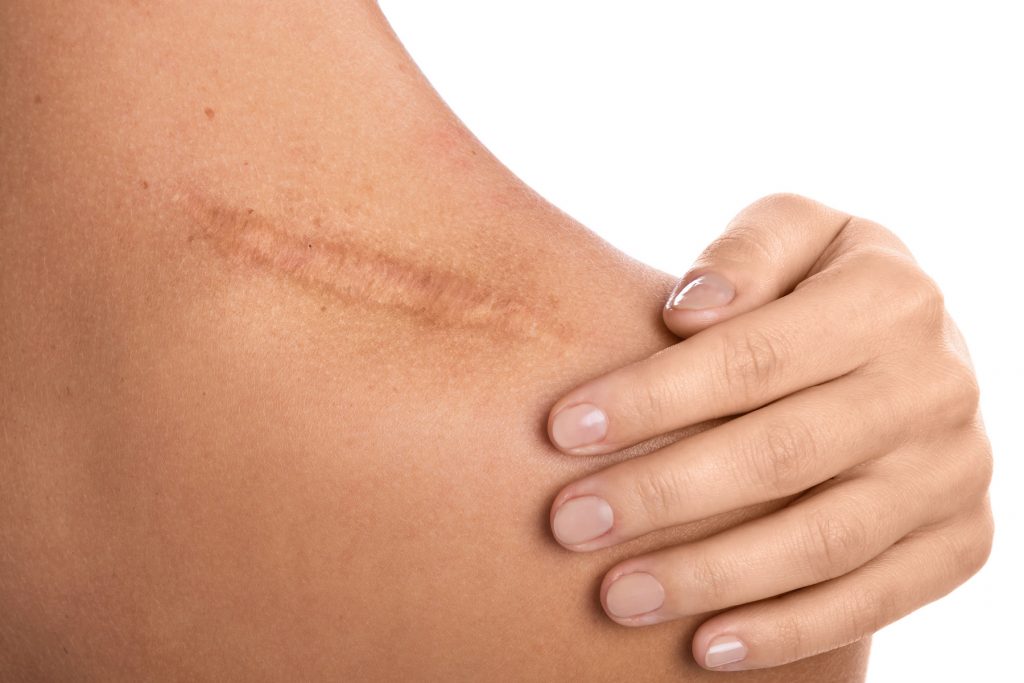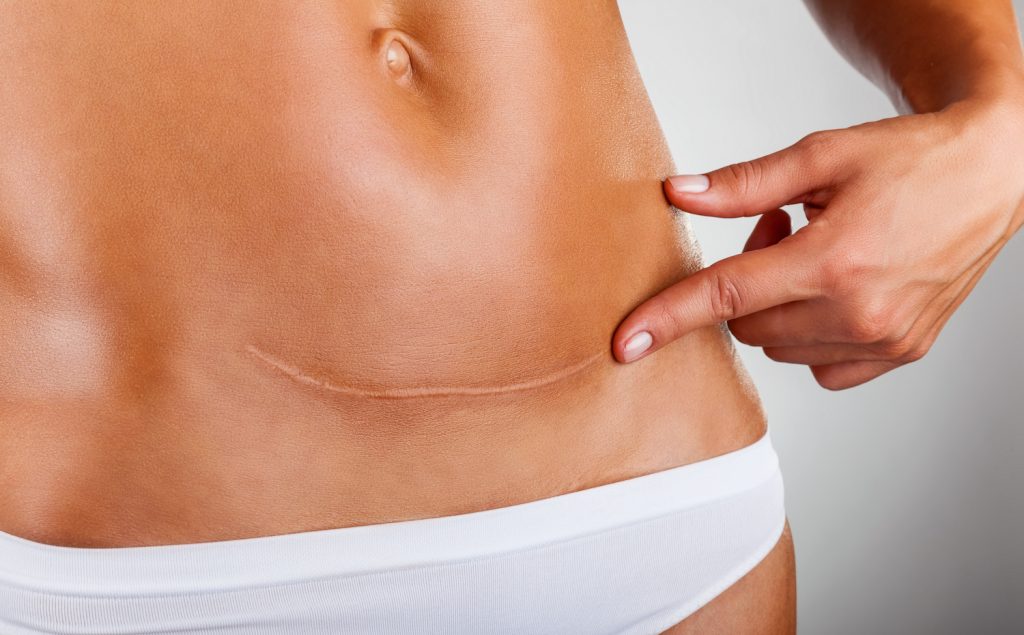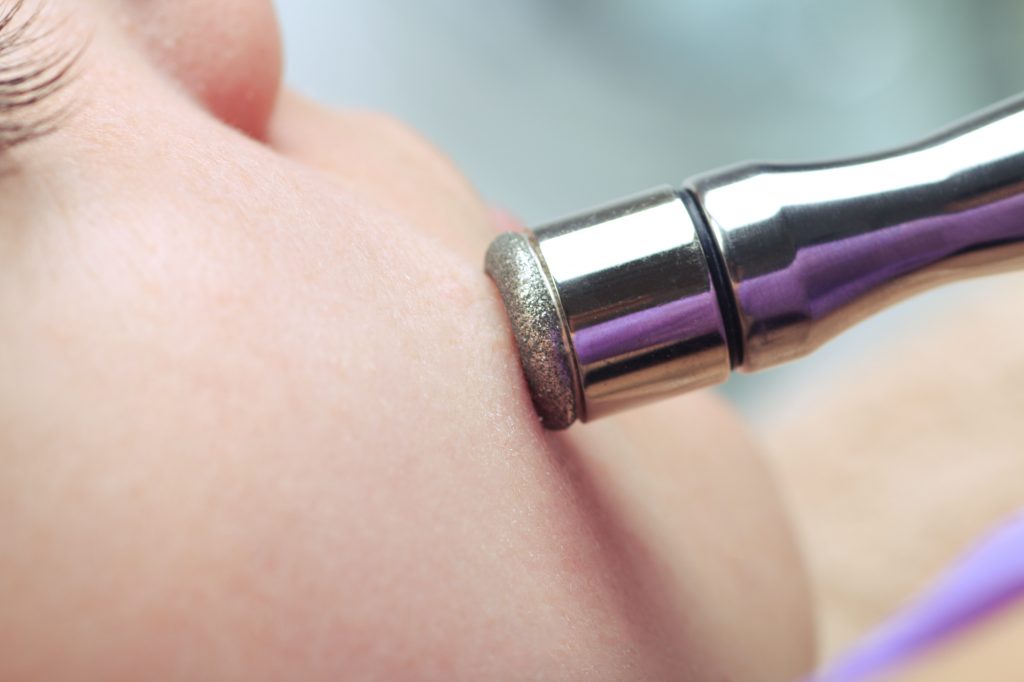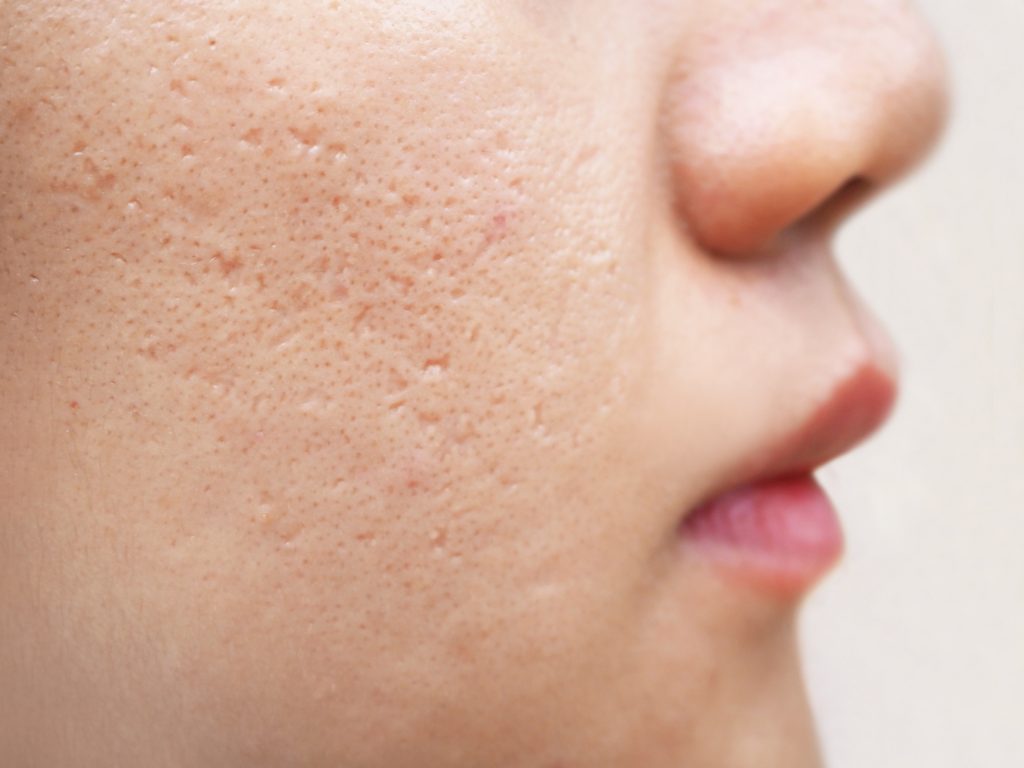Got a scar that you want to get rid of and are looking into what a scar revision surgery can do for you? Scar revision surgery is a great option for people looking to address the appearance of their scars, but finding the right information about them is difficult. That’s why in this article, we’ll go over everything you need to know about what is scar revision surgery, including the risks and complications. Continue reading to find out!
What are Scars?

Scars form after skin is damaged and have a different function to normal skin
Before we get into what is scar revision surgery, let’s understand what scars are. Scars are a natural part of the healing process for our body when it experiences trauma, forming as a replacement to lost or damaged skin. This process involves the activation of cells called fibroblasts, which produce a collagen with different fibres compared to normal skin. And because these collagen fibres in scar tissue are not as well organised as they are in normal skin, they end up with a different appearance and texture.
Scar tissue also contains more dilated blood cells compared to normal skin, giving it its red or pink colour. This tissue also does not produce oil or sweat, as its function is to simply repair damaged tissue and provide protection for any tissue underneath. With this function in mind, scar tissue is less elastic, and can result in restricted mobility in some people, especially when they have large areas of skin surface covered in scars.
The severity of scar tissue and it’s appearance can also vary. Certain people have an increased response and ability to produce scar tissue, and the size of scar tissue can depend on the amount of skin trauma. Scar tissue can also fade over time, becoming less noticeable, but can never completely disappear when left untreated.
What is Scar Revision Surgery?

Scar revision surgeries aim to reduce the appearance of scar tissue
Now let’s address the question of what is scar revision surgery. Scar revision surgeries aim to improve the appearance of scar tissue after a wound heals. And there are also multiple types of the surgery, which we’ll go over in the section below. Some of the ways scar tissue improves afterwards include:
- Making the scar flatter
- Reduce the redness and discolouration
- Improve the scar’s texture
- Blend the appearance to better match surrounding skin
It must be noted that although scar revision surgery is a great treatment option, it is not a cure for scars. It cannot completely remove a scar, but can help make it less noticeable in appearance and feel. The results and improvements made afterwards can also vary from person to person.
Types of Scar Revision Surgery

Professional consultations are needed to determine the best scar revision method
So now that we know what scar revision surgery is, let’s go throught the different types. There are a number of different approaches that have been developed to remove scar tissue and reduce its appearance. The appropriate type can also depend on the part of the body that the scar is located on. Speak with your scar revision specialist to find out what treatment is best for you.
Excision
This is the most common type of scar revision surgery. It involves cutting out the scar and then closing the wound with stitches. Although it seems counterintuitive, excision scar revision works in a number of ways.
This surgery involves making an incision as small as possible, with fine stitches to close the wound with minimal tension. And after the surgery, you also get specific instructions for your recovery and healing. The end aim to replace the old scar with a smaller and less noticeable scar using these specific techniques.
Dermabrasion

A spinning brush or wheel is used to remove the top layer of scar tissue with dermabrasion
This type of surgery is used to remove the top layer of skin. Dermabrasion involves the use of a rotating brush or wheel on raised or indented scar tissue to make it less noticeable against its surrounding healthy skin. The depth of the dermabrasion and amount of skin removed will depend on the depth of the scar and what is determined as safe after a professional consultation.
Laser Resurfacing
Lasers can also be used as a form of scar revision surgery. This method also removes the top layer of scar tissue, but with the use of lasers. The lasers used in laser resurfacing of scars also promote the production of new collagen, further helping to reduce the appearance of the scar.
Injectable Fillers

Injectable fillers are a great option to help with the reduction of acne scars
The technique of using injectable fillers to reduce scar tissue appearance is also effective for depressed scars. These scars are indented in skin, and are commonly cause by acne. Injectable fillers work to fill in the depression made by these scars and make the skin texture more even. Some fillers used in this treatment include collagen, hyaluronic acid, and fat.
The Recovery Process
The recovery time for scar revision surgery varies depending on the type that is performed. Most people can generally return to their normal activities within a few weeks. However, it is important to follow the instructions you’ve been given carefully during the recovery period.
Some of the things that you can do to help your scar heal properly include:
- Keeping the scar clean and dry.
- Applying a bandage or dressing to the scar.
- Avoiding strenuous activity.
- Using sunscreen on the scar.
Risks of Scar Revision Surgery

Speak with your doctor about the potential risks
It must be noted that scar revision surgery is a formal risky surgical operation, and as such is not a “simple beauty treatment”.
Depending on the method used for your scar revision surgery, there can be different risks associated with it as with any surgery. Common risks include:
- Infection
- Bleeding
- Scarring
- Numbness or tingling in the area
- Uneven skin texture
When considering scar revision surgery, speak with a medical professional about these risks and how they can be minimised. It’s also important to discuss your medical history with them so they can give a better assessment of your situation and viability.
Speak with a Professional About Your Scars Today!
So what is scar revision surgery? It’s a blanket term to describe a wide range of surgery and treatment methods to reduce the appearance of scar tissue. And if you’re considering scar revision surgery, look no further than Northern Beaches Cosmetic Surgery. Get in touch with our professional and qualified team to see if scar revision surgery is right for you today!

